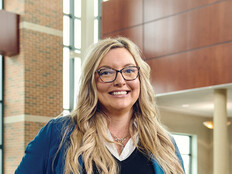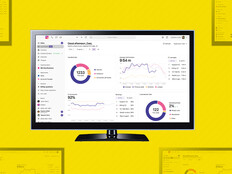Medicine is the work of many. From front desk administrators to veteran surgeons, everyone plays an important role in the care experience.
To aid in these efforts, collaboration tools have the power to simplify and enhance how professionals do their jobs, whether a technology is deployed across town or from thousands of miles away. At Grady Health System, IT teams can use them to work remotely, a perk to attract and retain talent. And a special ambulance with videoconferencing equipment can relay critical details to Grady doctors while a stroke patient is in transit, expediting treatment when seconds count.
A globally minded effort is underway at Emory Healthcare, which sends doctors and nurses to Australia to staff Emory’s Electronic ICU. Working during daylight hours from Down Under eases the mental and physical toll of overnight shifts at the Atlanta-based institution.
Intuitive technologies supply added muscle to teamwork. Research from the Advisory Board finds that increased levels of nurse-physician collaboration, both digitally and face to face, improve patient outcomes.


Enhanced Collaboration Requires More Than Just Technology
Still, collaboration in healthcare requires far more than just the effective use of technology. It’s about listening to all voices in the room.
This notion guides thinking at Vanderbilt University Medical Center, which maintains an active nursing committee to weigh in on technology purchases. It’s no surprise, then, that Vanderbilt nurses are encouraged to collaborate with engineers at an on-campus innovation center .
It is also crucial for the people designing these tools to reflect evolving patient demographics. Efforts to broaden the tech workforce continue but much work remains, says an advocate from AmeriHealth Caritas.
An increasingly nimble range of tools still requires a human touch to be most effective in facilitating care. With open communication among users and a drive to continue evolving, everyone wins.
PeopleImages/Getty Images











